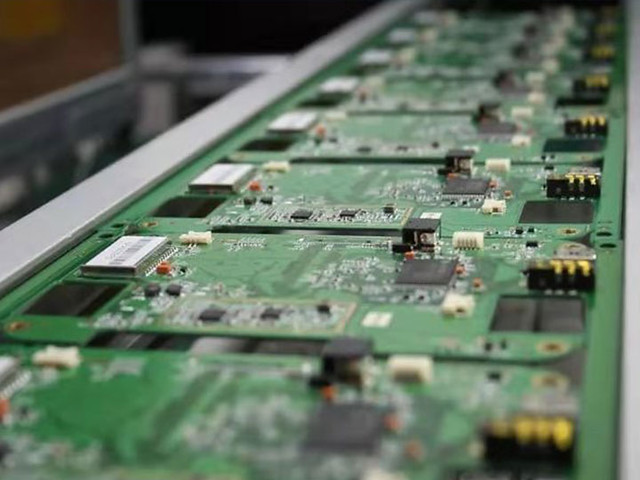HDI PCB: The Future of High-Density Interconnect Printed Circuit Boards
Rigid-flex PCB
Introduction:
High-density interstitial copper-embedded PCB, also known as HDI printed circuit board, is a complex layered printed circuit board (CLPCB) that has gained immense popularity in recent years. With its unique design and advanced manufacturing techniques, HDI PCB has revolutionized the electronics industry. This article will discuss the manufacturing process, features, advantages, usage methods, tips for selecting this product, and conclude with its importance in m HDI PCB odern technology.
Manufacturing Process:
HDI PCBs are manufactured using state-of-the-art processes to ensure their high precision and reliability. The production starts with a basic substrate material made of epoxy resin or polyimide laminate. Multiple layers of thin copper foil are then added to create intricate circuits. Next comes the core construction phase where different layers ar HDI printed circuit board e interconnected through laser drilling or sequential lamination techniques. Finally, surface finishing such as gold plating or organic solderability preservatives (OSPs) are applied to protect the board from oxidation and promote better soldering.
Features:
The key feature of HDI HDI PCB PCB lies in its ability to accommodate more components within a smaller footprin

t. With increased density and miniaturization requirements in electronic devices today,HDI PCB provides an efficient solution by incorporating microvias and blind vias on multiple layers.These structures allow for enhanced signal transmission speed while maintaining reliable electrical connections.The use of fine-pitch compone High-density interstitial copper-embedded PCB nts further contributes to compact designs without compromising performance.
Advantages:
HDI PCB offers several advantages over traditional printed circuit boards.Firstly,it allows for higher component density,resulting in smaller and lighter products.Secondly,the shorter trace lengths between components reduce interference,such as electromagn HDI PCB etic radiation,cross-talk,and noise pollution.Moreover,HDI PCB boasts excellent heat dissipation capabilities due to advanced thermal management designs.Finally,the overall improved electrical performance ensures stable operation,reducing system failures.
Usage Methods:
HDI PCB finds extensive applications in various industries including telecommunications,automotive,aerospace,and medical devices.The key to effectively utilizing HDI PCB lies in carefully planning the HDI PCB layout and considering proper stackup configurations.Thorough testing and analysis during the design phase are crucial to ensure signal integrity.Additionally,optimum component placement along with appropriate routing techniques can maximize space utilization.
How to Select HDI PCB:
Choosing the right HDI PCB supplier is essential for Rigid-flex PCB obtaining high-quality products. Consider the following factors when selecting a supplier: manufacturing capabilities, quality control measures, certifications (such as ISO 9001 or UL), production lead time, technical support offered by their team, and references from previous clients. I

t is also important to evaluate whether the supplier’s pricing aligns with your project budget.
Conclusion:
In conclusion,HDI PCB has revolutionized the electronics industry with its high-density interconnect technology.This complex layered printed circuit board offers numerous advantages

such as smaller size,enanced electrical performance,and improved heat dissipation.HDI pCBfinds broad applications across different sectors.Its usage methods involv Complex Layered Printed Circuit Board (CLPCB) e careful planning of layout,strategic component placement,and efficient routing.Finding a reliable supplier who meets your specific requirements ensures optimal results.HDI PCBredefines modern electronic product designs and is undoubtedly shaping the future of technology.
